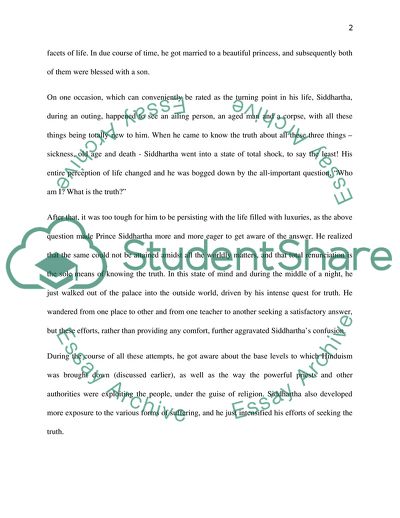Cite this document
(Buddhism the Oldest Religion of the World Assignment, n.d.)
Buddhism the Oldest Religion of the World Assignment. Retrieved from https://studentshare.org/religion-and-theology/1736276-world-religions-report
Buddhism the Oldest Religion of the World Assignment. Retrieved from https://studentshare.org/religion-and-theology/1736276-world-religions-report
(Buddhism the Oldest Religion of the World Assignment)
Buddhism the Oldest Religion of the World Assignment. https://studentshare.org/religion-and-theology/1736276-world-religions-report.
Buddhism the Oldest Religion of the World Assignment. https://studentshare.org/religion-and-theology/1736276-world-religions-report.
“Buddhism the Oldest Religion of the World Assignment”, n.d. https://studentshare.org/religion-and-theology/1736276-world-religions-report.


